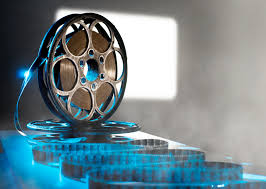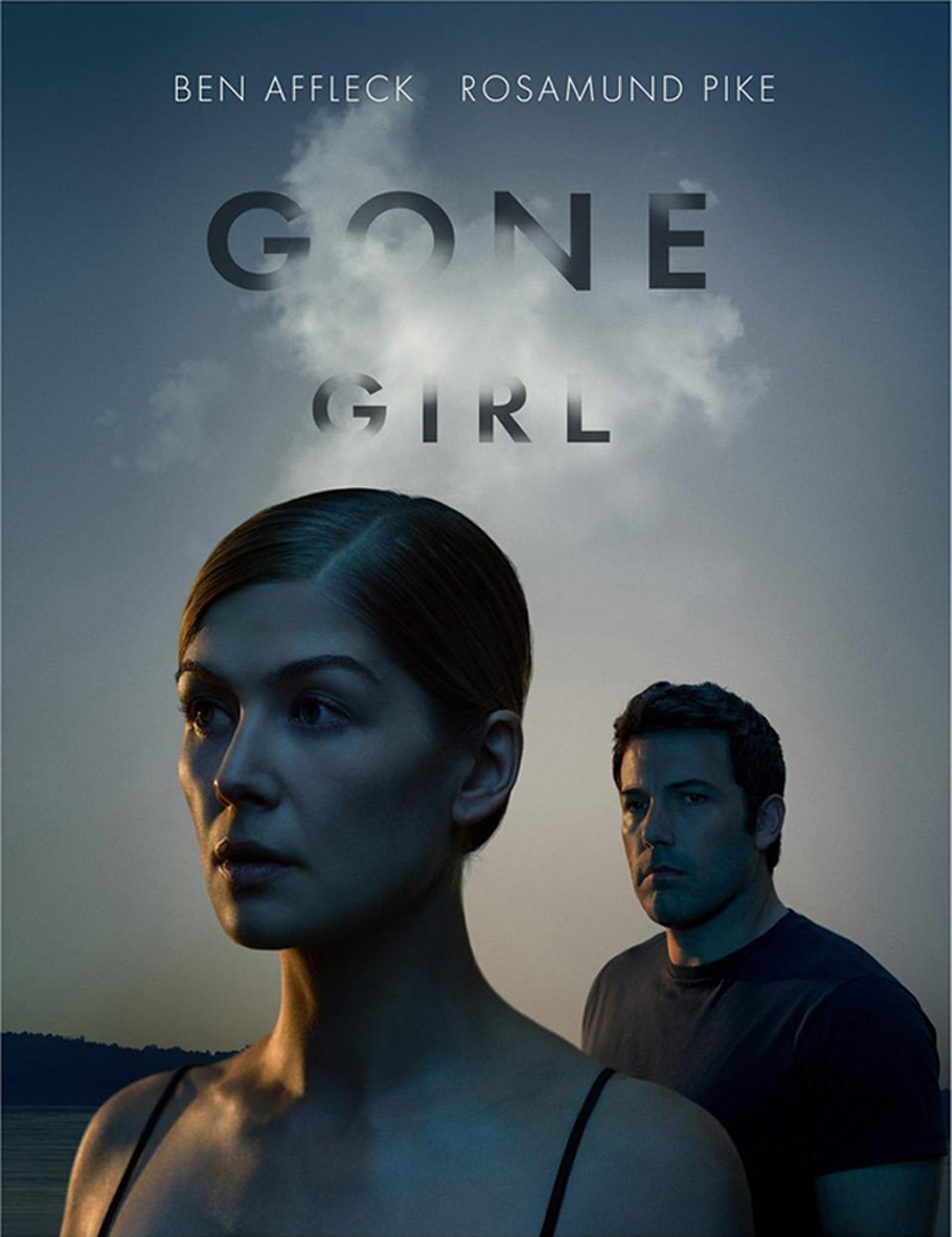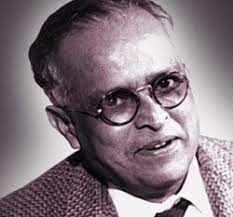Comparative Narrative Analysis of "Life of Pi", "Slumdog Millionaire", and "Maharaja"
Greetings,
Movies and web series are now widely considered part of the canon of literature. Just as writers use symbolism and puns in novels and plays to make their work more interesting and captivating, filmmakers use a variety of techniques to engage audiences effectively. One of the most famous and widely used and experimented with techniques is "narrative style." Directors have introduced various techniques over time, with overlapping narratives, flashbacks, and non-linear storytelling being among the most popular. Nowadays, directors use these techniques in innovative ways to make their films more engaging.
We have just completed our unit on 'Film Studies', and our professor Dr. Dilip Barad Sir has assigned us a task to analyze and compare the complex and confusing narrative style of three movies. "Life of Pi" (2012), "Slumdog Millionaire" (2009), and most popular and hailed movie "Maharaja" (2024). These movies are in a way similar in narrative style, they all have non-linear plot line coming back and fourth in time. This kind of overlapping narrative makes the plot of the movie more complicated and intriguing. Click here for Techer's Blog
What is Narrative Film ?
A narrative film is a movie that tells a clear, often fictional story with events that follow a cause-and-effect pattern. These films have two parts, the story itself and how the story is told. The storytelling part uses various filmmaking techniques like directing, cinematography, and screenwriting, which have evolved over time.
Narrative films are usually fictional, telling a story created by a screenwriter, director, or producer. Sometimes, these films are based on true stories or real events but often include fictional details or plots. For example, in the movie Titanic, the relationship between Jack and Rose is fictional, but the sinking of the R.M.S. Titanic is a real historical event. (DeGuzman)
Watch this video to know more about flashback narrative technique in the movie,
Narrative Structure of "Slumdog Millionaire" (2008)
The movie "Slumdog Millionaire" is British drama movie directed by Danny Boyle. This film is adapted from the novel of Indian author Vikas Swarup's work 'Q & A' (2005). The movie is acclaimed for its cleaver screenplay, performances, cinematography, editing and direction, it is considered as one of the most masterfully adaptation of literary work.
Movie narrates the story of 18 year old boy Jamal Malik, who is brought up in slums of Mumbai. It is mainly focuses of the game Who Wants to be a Millionaire, which Jamal is playing, and giving the answers to the questions asked by host. This is the surface plot, but the main plot is being overlapped by the this show, which takes us back into the memories of Jamal. It is a story about two brothers Jamal and Salim. There is also an interwoven love story between Jamal and Latika, his childhood best friend.
As I mentioned earlier the narration of this movie is a kind of flashback narrative. There is a story with in the story. There are three stories which goes parallel in the movie and gets connected latter in the movie.
First Narrative: At the present time (Jamal is tortured in the police station)
Second Narrative: Pervious night (Night before the arrest, Jamal is in the show giving answers)
Third Narrative: Flashback into Jamal's memory (Memory unfolds after each question asked by the host)
Narrative Timeline of 'Slumdog Millionaire'
The story may seem confusing at first, but with close attention, it's easier to piece together and understand the sequence of scenes. It begins with Jamal being arrested and tortured by the police in the present day. The narrative then shifts back to the previous night when Jamal is still at the game show and has not yet been arrested. This back-and-forth in time continues throughout the story, eventually cutting to a flashback of young Jamal playing cricket with his friends and his brother.
This structure is maintained throughout the film, revealing Jamal's backstory and how he and his brother Salim survived the slums of Mumbai. Jamal's love story with Latika is also a significant part of the narrative and is intricately woven into the larger context of the movie.
The story comes together at the climax when the connection between the previous night at the game show and the present moment becomes clear. Jamal finally returns to the show to answer the final question that could make him a millionaire. The film unfolds through three parallel narratives that only converge at the end.
Narrative Structure of "Life of Pi"
The movie "Life of Pi" (2012) is an adaptation of the novel "Life of Pi" (2001) by Canadian author Yann Martel. The movie is aptly directed by Ang Lee. The narrative structure of the movie uses both flashbacks and flashforwards, with Pi Patel, the protagonist, narrating the story to the author. This technique of flashbacks adds depth to the philosophical and spiritual exploration of the movie.

The story follows the life events of Pi Patel, a boy who survived a shipwreck. He spent 227 days in the Pacific Ocean with Richard Parker, a tiger. It is revealed at the very beginning that Pi is the son of a zookeeper in Pondicherry. For some reason, Pi and his family had to move to Canada, so they travelled by ship along with their zoo animals. Meanwhile, in the midst of the ocean, the ship encountered a terrible thunderstorm, leaving Pi and Richard Parker together in a lifeboat. From here begins the actual 'Life of Pi'.
For 227 days, Pi survived on the boat with the tiger, trying to train him. Pi believed they shared a special bond, but this illusion is shattered when they reach the shore on a Mexican beach, where the tiger goes into the jungle without bidding farewell to him. In the present time, Pi Patel is narrating this whole story to the writer. He also recounts another story involving a cook, his mother, a monk, and himself to convince Japanese agents who are investigating the reason for the ship's collapse.
At the end of the movie, it is revealed (from a subjective point of view) that there was no one but the narrator alone in the lifeboat. Richard Parker's story is just a fabrication. Pi Patel also says that no one can definitively claim which story is true and which is not. It is up to the listener to decide which story to believe. There is an instance when Pi is reading a survival guidebook that states to survive at sea, one should tell stories. So, it could be a made-up story, but I choose to believe in the tiger story.
Narrative Structure of "Maharaja"
"Maharaja" (2024) is one of India's standout films this year. Indian Tamil-Telugu movie directed by Nithilan Swaminathan, it is a thrilling action-packed movie with standout editing by Telugu editor Philomin Raj. The performances by Vijay Sethupathi and Singampuli (Nallasivam) are exceptional.
The film's narrative structure is a key element of its acclaim. As mentioned, it employs both flashbacks and flash-forwards, but its plot is more intricate than those of other films. The scenes are masterfully arranged to create a sense of mystery and suspense from a seemingly simple story.
Without its clever editing and narrative design, "Maharaja" could have been just another typical revenge film from Hindi or South cinema. The editing is what makes it unique. Usually, viewers can predict the plot as they watch, but this movie keeps the audience guessing, making it impossible to anticipate what comes next until the climax.
First Storyline - Maharaja (Protagonist)
- Present time (2023) -- Father-Daughter relationship and police station
- Past Narrative (2009) -- Opening Scene, and some in between scene
- A week ago -- Tragedy with Maharaja's daughter
- Past narrative (2009) -- Selvam and his henchmen commit crimes
- Present time (2023) -- Selvam's revenge with Maharaja, after the release from jail.

The movie opens in the past narrative with Maharaja, a barber in the shop, and later buying toys for his daughter (it's revealed later in the movie that it is not for her daughter). Then narrative cuts to the one week before the present time, depicts the father daughter relationship. Narrative of antagonist Selvam also runs parallel in the movie. Selvam's story is also divided in two parts, which also comes back and fourth in time.
Here is the trailer of "Maharaja" Film,
Barad, Dilip. “Dilip Barad | Teacher Blog: Film Studies: An Introduction.” Dilip Barad's Blog, 12 September 2021, https://blog.dilipbarad.com/2021/09/film-studies-introduction.html. Accessed 28 July 2024.
DeGuzman, Kyle. “What is Narrative Film — Overview & History of Narrative Cinema.” StudioBinder, 13 February 2022, https://www.studiobinder.com/blog/what-is-narrative-film-definition/. Accessed 26 July 2024.



















.png)
.jpg)
.webp)
.png)
.png)
.png)



